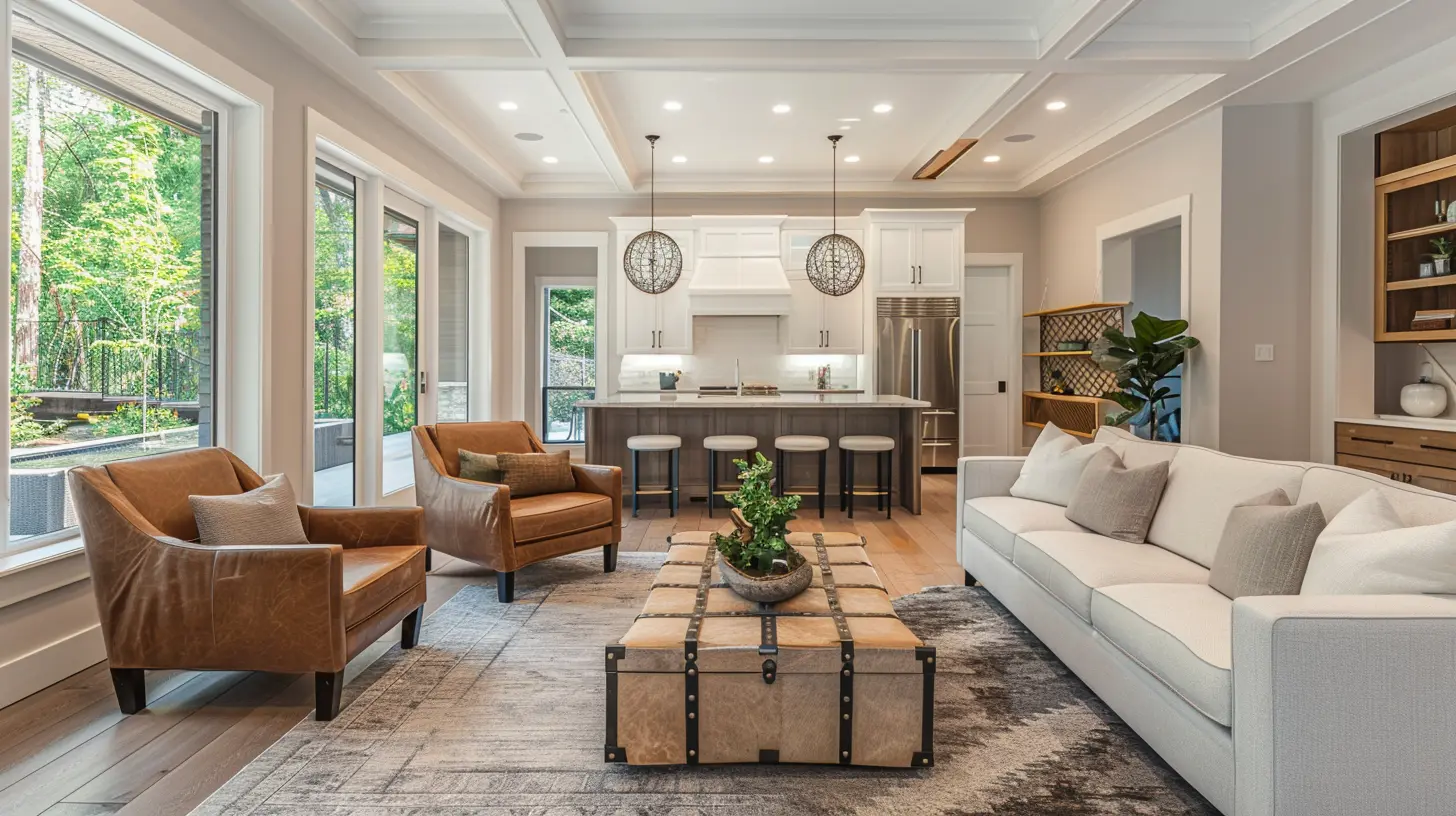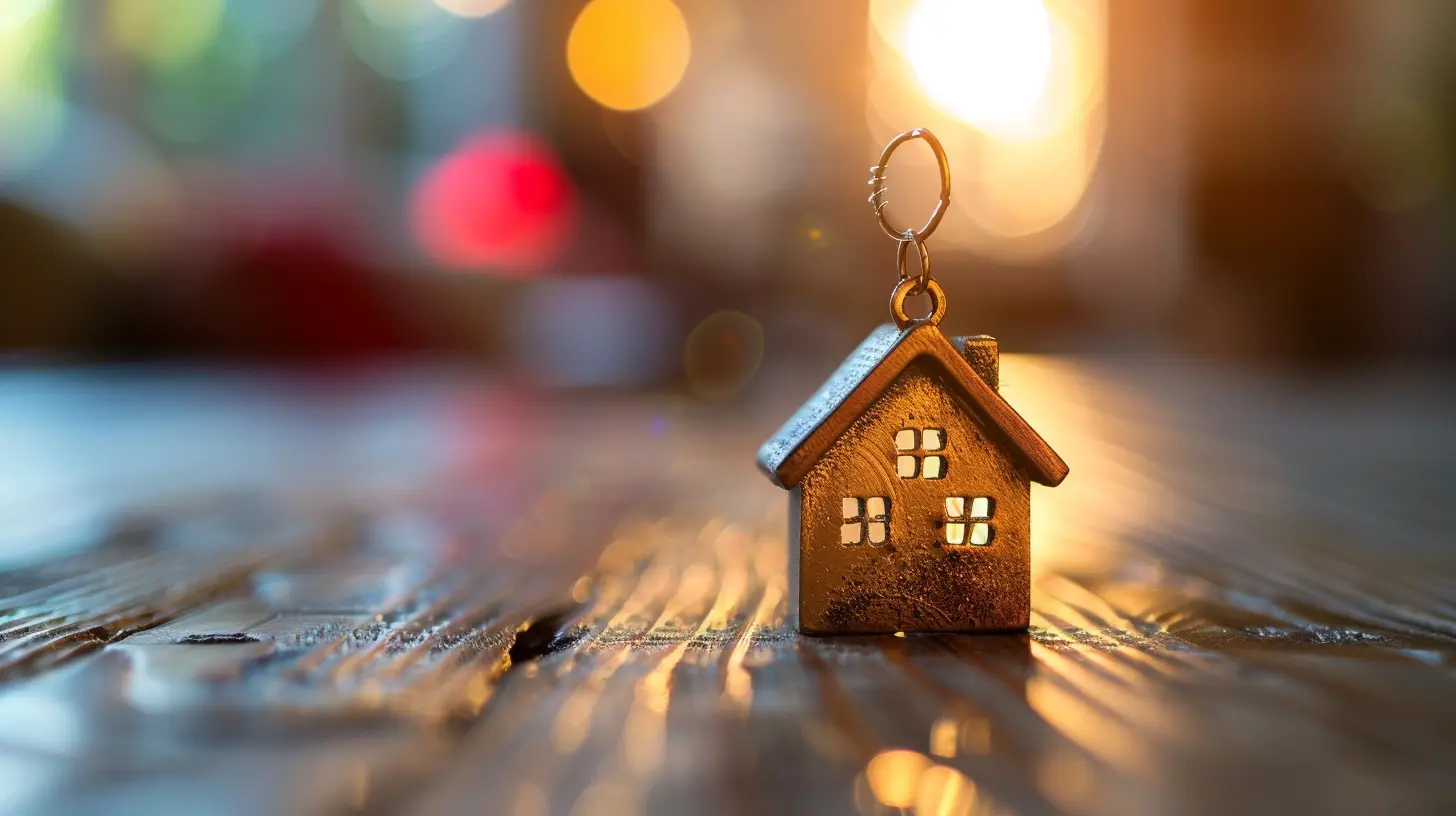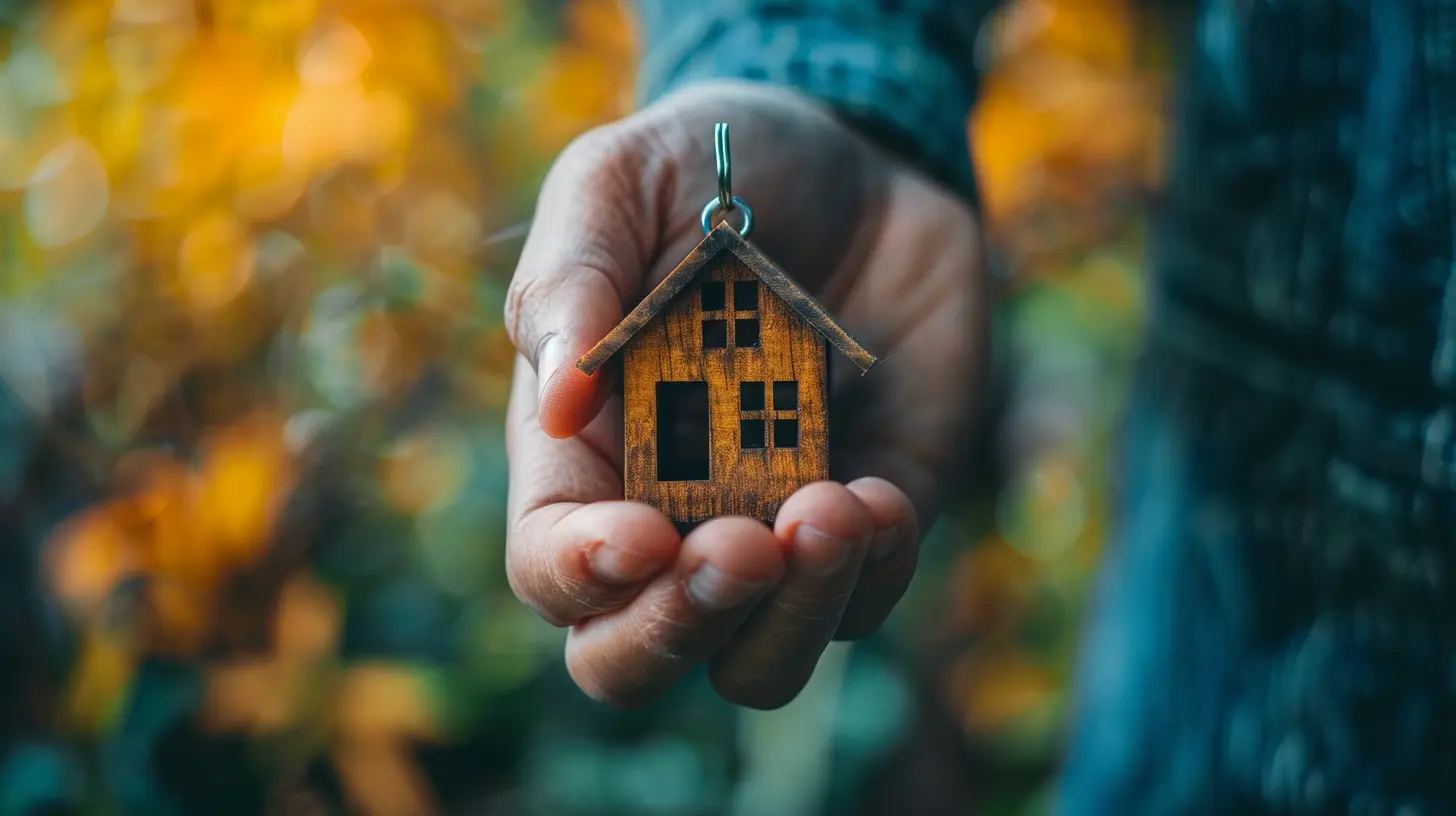Key Renovations to Consider Before or After Buying Your First Home
19 October 2025
Buying your first home is a huge milestone—it’s exciting, nerve-wracking, and, let’s be honest, a little overwhelming. Whether you've just signed the dotted line or you're still house-hunting, one thing is certain: your new home might not be 100% perfect. That’s where smart renovations come in.
Some updates make sense before you move in, while others are better tackled later. But knowing which renovations are worth the time and investment can save you money, stress, and headaches. So, let’s dive into the key renovations every first-time homebuyer should consider before or after moving in! 
Renovations to Consider Before Moving In
1. Flooring Upgrades
Nothing transforms a home quite like fresh flooring. If your new place has old, stained carpets or outdated tiles, replacing them before moving in is a no-brainer. Why? Because it’s way easier to do when the house is empty.Hardwood floors are a popular choice for their durability and timeless appeal, but if you’re on a budget, vinyl plank flooring or laminate can give you a similar look without breaking the bank.
2. Painting the Walls and Ceilings
A fresh coat of paint is the simplest and most cost-effective way to breathe new life into your home. Doing this before you move in means no furniture to move, no drop cloths draped over everything, and no paint fumes lingering while you try to sleep.Pro tip: Lighter colors can make a space feel bigger, while darker tones add warmth and coziness. Pick your vibe wisely!
3. Electrical and Plumbing Updates
No one wants to deal with flickering lights, faulty outlets, or plumbing surprises after moving in. If the home inspection revealed outdated wiring, leaky pipes, or an aging water heater, addressing these issues first will save you a lot of trouble down the road.If you're thinking of adding smart home features (like voice-controlled lights or a security system), this is also the right time to install them.
4. Kitchen Revamp
While a full kitchen remodel can be pricey, a few strategic updates before move-in can make a huge difference. If the cabinets are structurally sound, consider painting or refacing them instead of a complete replacement. Swapping out old hardware, upgrading countertops, or installing a stylish backsplash can also give an instant facelift without going over budget.If major changes—like adding an island or changing the layout—are on your wishlist, it’s much easier to do before settling in.
5. Bathroom Refresh
Bathrooms experience a lot of wear and tear, and outdated fixtures or ugly tiles can make the space feel less inviting. Before moving in, consider replacing old toilets, regrouting tiles, or swapping out that ancient vanity.For a more affordable update, new faucets, light fixtures, and mirrors can give a modern refresh without a complete overhaul. 
Renovations to Tackle After Moving In
Some renovations are best saved for later, either because they require a better feel for the home or simply because it makes sense to spread out the costs.6. Energy Efficiency Improvements
Once you’ve lived in the house for a few months, you’ll start noticing drafts, fluctuating temperatures, or high utility bills. That’s when energy-efficient upgrades come in handy.Consider installing better insulation, sealing windows and doors, or upgrading to energy-efficient appliances. Solar panels may also be worth looking into if you plan on staying long-term. They’re an investment upfront, but the savings can be huge.
7. Outdoor and Curb Appeal Enhancements
Your home’s exterior is the first thing people see, so why not make it shine? Landscaping, repainting the front door, installing a new mailbox, or adding outdoor lighting can boost curb appeal without requiring immediate attention pre-move-in.Once you settle in, you’ll have a better sense of how you use your outdoor space. Do you need a deck for entertaining? A fence for privacy? A garden for weekend projects? Take your time to figure out what works for you.
8. Basement or Attic Conversions
If your home has an unfinished basement or attic, you might be sitting on untapped potential. Whether it becomes a guest room, a home office, or a cozy entertainment space, renovations here will add both functionality and home value. Better yet, you don’t need to rush into this right away—take time to assess your needs before committing to a big project.9. Closet and Storage Solutions
Once you actually live in your home, you’ll quickly realize if your storage situation is lacking. Custom closets, built-in shelving, or garage organizers are all great ways to maximize space and keep things tidy.Instead of diving into this project before move-in, wait until you’ve unpacked and settled in—it’ll be easier to see where storage is really needed.
10. Smart Home Upgrades
While basic smart home features (like thermostats or security cameras) can be installed before moving in, more complex systems—like automated blinds, whole-home audio, or voice-controlled lighting—may be better tackled once you’ve lived in the space for a while.Getting a sense of your daily routines will help determine which smart upgrades are truly useful and which ones might just be flashy extras. 
Bonus Tips for First-Time Homeowners
Renovating your first home can be both exciting and stressful. Here are a few extra tips to keep in mind:- Prioritize Needs Over Wants – It's easy to get caught up in Pinterest-perfect renovations, but focus on what truly needs fixing first.
- Set a Realistic Budget – Home projects almost always cost more than expected. Add a little wiggle room in your budget for surprises.
- DIY When Possible – You’d be surprised how much you can do yourself with a few YouTube tutorials and some elbow grease—just don’t go beyond your skill set.
- Hire Professionals for Big Jobs – Electrical work, major plumbing changes, and structural updates should always be left to the experts. It's not worth the risk.
- Give Yourself Time – Rome wasn’t built in a day, and neither is the perfect home. Prioritize what needs to be done now and what can wait. 
Final Thoughts
Your first home is more than just a place to live—it’s a reflection of you. While renovations can be overwhelming, making smart, strategic updates will not only improve your home’s value but also make it a more enjoyable space to live in.Some projects—like flooring and painting—are best tackled before moving in, while others, like energy efficiency upgrades and outdoor improvements, can wait until you’ve settled in. Whatever you choose, remember that homeownership is a journey—one project at a time!
all images in this post were generated using AI tools
Category:
First Time Home BuyersAuthor:

Elsa McLaurin
Discussion
rate this article
1 comments
Caleb McCabe
Thinking of renovations? Just remember: 'HGTV magic' doesn't exist in real life, especially when your budget screams, 'Let's just repaint the walls!'
October 21, 2025 at 2:21 AM

Elsa McLaurin
Absolutely, realistic budgeting is key! While renovations can enhance a home, it's important to balance dreams with financial limits.


